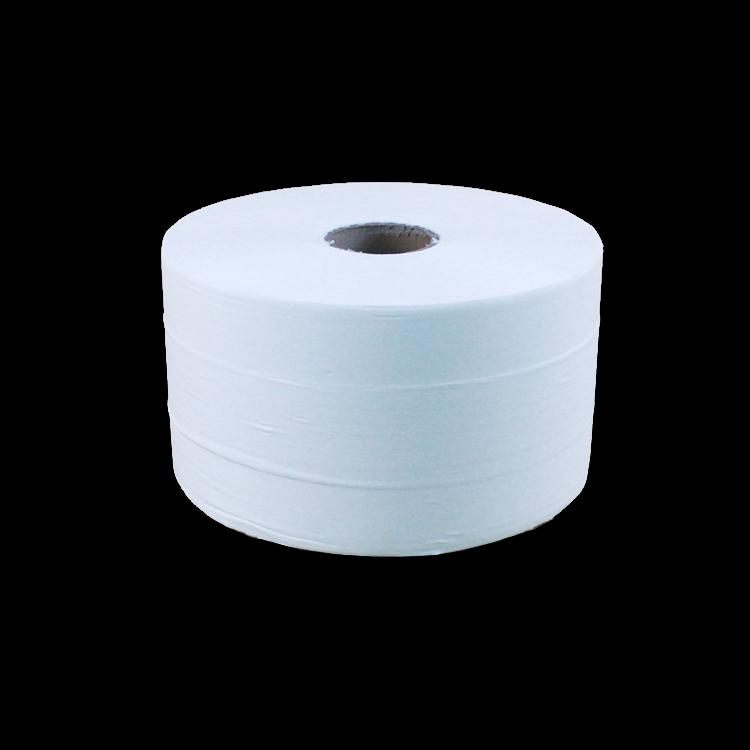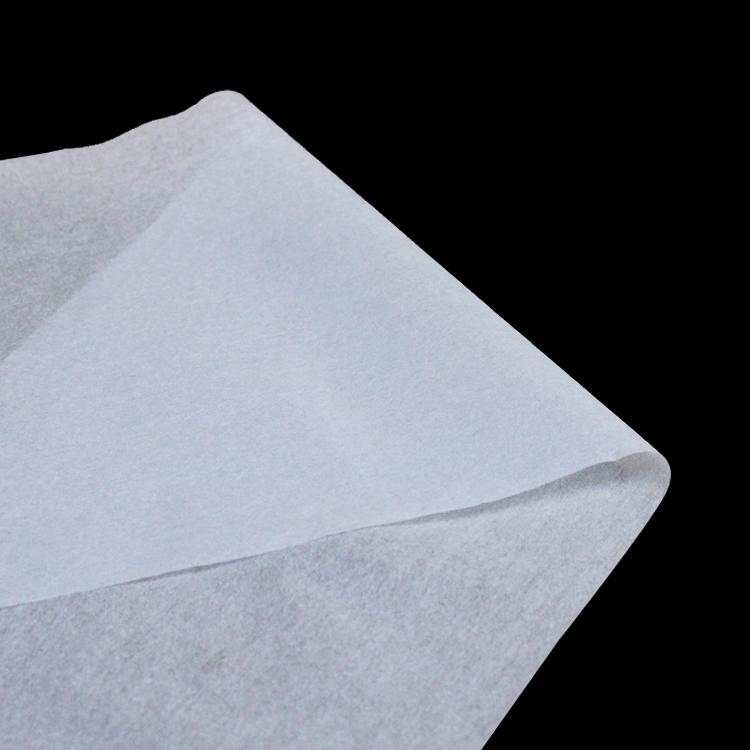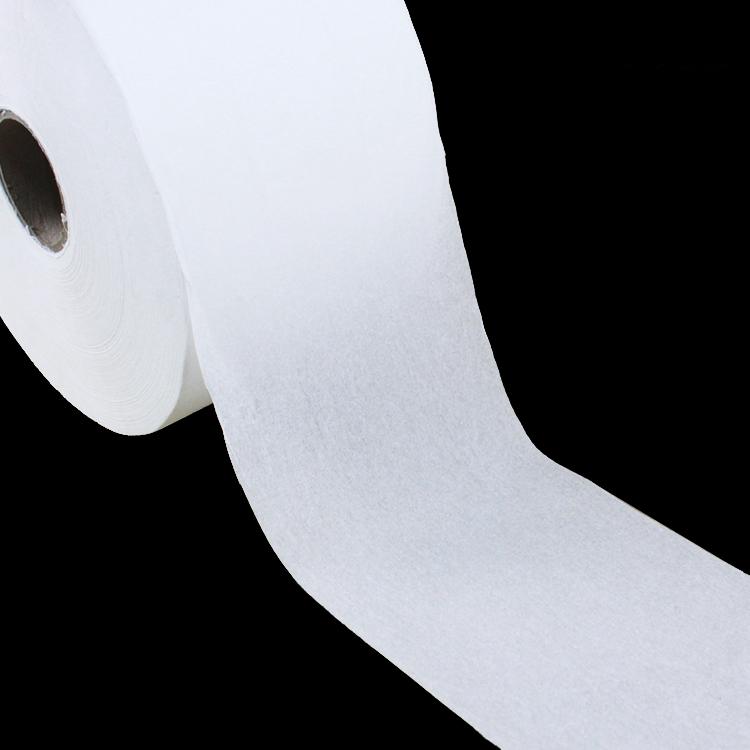1. Introduce the dynamics of sanitary napkin raw material suppliers
Meeting the needs of customers and other suppliers while balancing price and sustainability is both an opportunity and a challenge for raw material suppliers. The production of sanitary pads is a system project, from the absorbent material of the core to the infusion layer, to the leak -proof edge, the base layer, the surface layer and the lumbar patch, all of which work together to ensure the absorbency of the product and the comfort of the user. To achieve this, upstream suppliers of highly absorbent resins, films, adhesives, elastomers and nonwovens have been working hard to ensure that their products have long-lasting and reliable performance and can work together with other materials in the diaper or hygiene product. This article briefly introduces the dynamics of several sanitary pad raw material suppliers to increase consumer awareness of the sanitary pad raw material market.

(1) Berry International, the world's largest manufacturer of nonwovens, had film production technology in place prior to its acquisition of Avintiv. As it grew its business in hygiene products, the company identified a lack of elastic film technology in its portfolio. The acquisition of Clopay solved this problem.
Two years ago, adhesives supplier Bostik introduced Brilliance materials, which successfully used polyolefins in the production of high-pressure hot-melt adhesives. The adhesive is used to bond elastic materials in specific locations in diapers and adult incontinence products. The bonding of elastic materials is critical to the functionality and fit of disposable hygiene products.
(2).Colquimica Adhesives has been developing hot melt adhesives with flexibility, stiffness, integrity, durability, moisture, strength and sturdiness, cost-effectiveness and sustainability to meet the expectations of different consumers.
(3).H.B. Fuller's adhesives can improve key features of disposable hygiene products, such as better integrity of the absorbent core with specialized core adhesives, or enhanced fit with wrinkle-resistant adhesives on the leg and partition edges, all of which provide better protection against liquid leaks. The Full-Care 7800 series of adhesives for absorbent cores that create absorbent channels with high dry and wet peel performance and excellent adhesion strength serve as a differentiator in the market, allowing customers to produce cores with long-lasting and reliable absorbent performance.
(4).Technical Absorbents manufactures highly absorbent (SAF) fibers, using a unique spinning process to make polymers into short fibers for use in the production of fabrics or yarns. SAF fibers can be used in the manufacture of carded thermobonded or hot air penetration nonwoven fabrics, which are not only low in weight and breathable, but also have excellent water absorption. Since the fibers are completely fused into the fabric, there are no problems with leakage when absorbing liquids.
(5).Tethis has developed a starch-based SAP material, named Tethex, that offers a biodegradable and sustainable alternative to the absorbent materials currently used in the hygiene industry.
2. Understand the latest developments of sanitary napkin raw material suppliers
In recent years, growing consumer concerns about softness, lightness and fit have raised the bar for raw and auxiliary materials for hygiene products that must not only meet these needs, but also be cost effective and, where possible, produced in a sustainable manner. This is driving the creation of new products, new partnerships and new technologies across the sanitary market supply chain. Understanding the latest developments in sanitary pad raw material supplier will help consumers to better shop for and use sanitary pads.




 Email: info@whldiapernonwoven.com
Email: info@whldiapernonwoven.com MP/WhatsApp: +86-13599937366
MP/WhatsApp: +86-13599937366 Manufacturer Address:Room 1105B, Bld M1, Manhattan, Yulongwan, Shimao, Shuanglong Road, Meiling Street, Jinjiang, Fujian, China
Manufacturer Address:Room 1105B, Bld M1, Manhattan, Yulongwan, Shimao, Shuanglong Road, Meiling Street, Jinjiang, Fujian, China